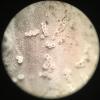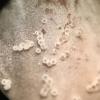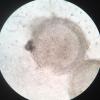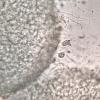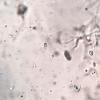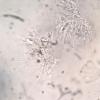
18-11-2025 13:59
Nogueira HéctorNovember 14, 2025 Brazuelo (León) SPAIN Hymenosc

17-11-2025 19:14
herman lambertApothécie discoïde 0.6 cm diam., orangeFace hym�

17-11-2025 21:57
Philippe PELLICIERBonjour,Récolté sur bois de feuillu mort dur, no

16-11-2025 21:09
 Robin Isaksson
Robin Isaksson
Anyone recognize this acc. to pictures.? Found on

17-11-2025 21:46
Philippe PELLICIERBonjour,Récolté sur bois pourrissant de feuillu

14-11-2025 16:26
 Marian Jagers
Marian Jagers
Hello everyone, On dead wood of Cytisus scoparius

15-11-2025 23:22
Mario FilippaHello,this is what I think to be Hymenoscyphus mac

15-11-2025 20:25
 Riet van Oosten
Riet van Oosten
Hello, Found by Laurens van der Linde, Nov. 2025

14-11-2025 18:31
 Lothar Krieglsteiner
Lothar Krieglsteiner
Hello,can somebody provide me with a file of:Rothe
Nectrioid parasite (?) growing on Craterellus
Ethan Crenson,
31-08-2020 20:12
Hello all,
In Eastern North America during the summer we often encounter what appears to be a parasite --perhaps a hyphomycete-- growing on Craterellus fallax. Has anyone encountered something similar? Does anyone know what it is? I don't have many details. The fruiting bodies are globose, partially erumpent from the fertile surface of the host, surrounded by whitish hairs (or perhaps the hairs derive from the host). They are 0.1 - 0.3mm. They do not furnish a lot of clues microscopically. Often I see a lot of contamination from the Craterellus, or other suspected contamination.
Thanks,
Ethan
